Talking Chess with S.P Sethuraman
During the Covid Lockdown, one Indian Grandmaster was quite busy preparing a lot of material for the general chess audience. He is none other than SP Sethuraman, one of the best players India has produced in the last decade. Sethu, known for his opening preparation, has investigated two of the most critical Sicilian systems in his book for Thinkers Publishing, while also authoring a course on 1.e4 e5 for Chessable. With a top player like Sethu doing such great work, it was no surprise that a deep tete-a-tete was long overdue. In the following interview Sethuraman talks about various topics, ranging from why online chess should not be taken too seriously to secrets of opening preparation and why yoga is beneficial for chess players.
SP Sethuraman is one of India's most accomplished Chess Grandmasters. A player who has grown during the early computer era, his games are a mixture of deep opening preparation and fantastic calculation. His list of achievements are endless - Asian U12 Champion, World U16 Champion, Indian National Premier Champion, 2014 Tromso Olympiad Bronze Medalist and 2016 Asian Champion. In the following lines, one can get a peek into the life of this hardworking grandmaster.
Part 1: Recent Chess Events
1) What are the events he has played in recent times:
SPS: I did play a few events. I won Priyadharshan’s (Kannappan, Indian GM) 2nd Chess Gyan Tournament. After a while I got bored, because it becomes kind of monotonous, and cheating in online chess is a very big issue. Also, most of the events happen late at night, so it is very difficult to catch up on sleep, and my schedule gets affected badly. I have learnt from my seniors that an early to bed early to rise approach pays off in the long run, as your body starts to throw tantrums by the age of 35 if you are not living as per its needs!(laughs)
2) His opinion on the Asian Nations Cup, where India won the Silver Medal:
SPS: Playing an event of such a magnitude online is a completely different experience, compared to regular OTB events. Our team composition was decided around 3-4 days in advance, so we quickly decided our board orders and started playing training games to get into peak mental agility. As you will see in the initial stages, it took a lot of time for us to find our bearings, but once we did it was clear that we were going to be hard to stop. We played well and reached the finals, and there we expected to return with the Gold Medal. Sadly, things didn’t go our way, but such results are part and parcel of the sport, and in the end we were pretty happy with the way we played.
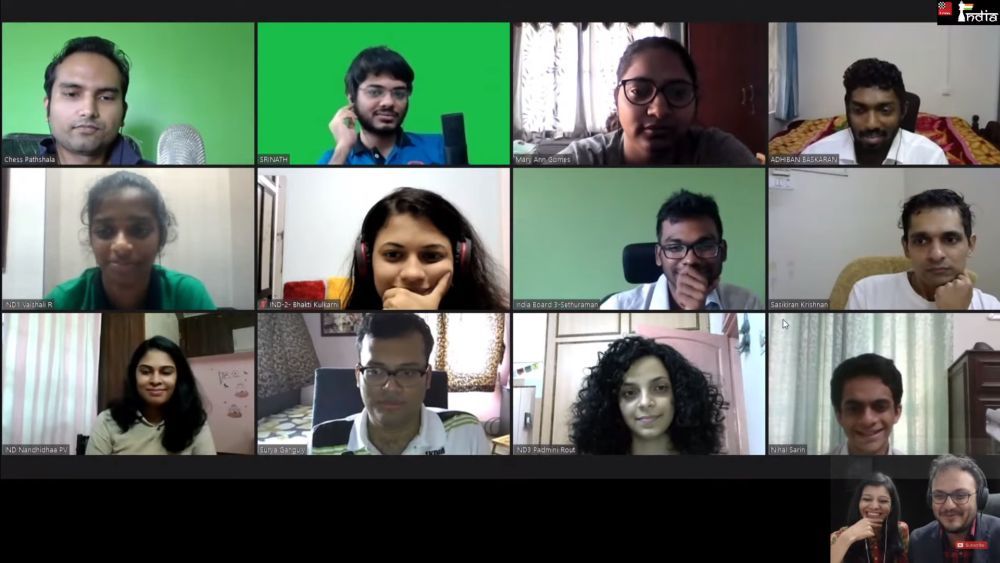
3) What exactly went wrong in the finals?
SPS: It is difficult to say. Australia beat Iran in the semis, and that shows that they were not an easy opponent to face. Also, it's rapid yes? So it is very difficult to keep things under control due to the fast nature of the game. The tie break system also didn’t help us in this regard. In the first mini match Adhiban unfortunately lost, and so we had to win back on 1st board if we had to stand a chance, as wins on the top boards counted more than on the bottom ones. So even if Adhiban had drawn and we had won 2.5-1.5 in the 2nd match, Australia would have taken the Gold because wins on the 1st board mattered more. Credit must be given to Adhiban’s opponent Smirnov, who managed to trick Adhiban in the preliminaries as well, and escaped with a draw from a nearly lost position in the 2nd mini match.
What we can definitely take away from this event is that the team showed a lot of spirit. Even if one of us lost, others would cheer him up. Initially I struggled, but Ganguly cheered me up and put faith in me, and this helped me a lot. Also, I feel that we need to adapt better to the online format. We are one of the best teams OTB, but lately in our online performances we have been a bit shaky. So perhaps more introspection needed as to why this happened, because we couldn’t live up to our favourites tag.
4) How seriously must achievements in online chess be taken, and what is the comparison with India’s greatest OTB achievement, the Bronze in Tromso 2014?
SPS: In online chess a lot of variables like your internet and power connection comes into the picture. Also, cheating is very easy to accomplish in online chess, and during this event I did face an opponent who I and everyone else were very suspicious of. He also went undefeated throughout the event, so there is some cause for doubt here. However, such allegations are very hard to prove, so I will not name the player here. It is possible that your opponent cheated, but you never know if he is genuinely stronger than his rating or he is using engine assistance. We all had an intuition during the game - me, Srinath (Narayanan, the manager of the team) and some of the spectators as well. But he is innocent until proven guilty, so it seems that for now he has escaped punishment.
Online chess can never be seriously compared with OTB chess. OTB chess is at another level. But the online format has its benefit as well. It brings in a lot of spectators and attention to the game. So yes, online chess is not a bad thing, but at the same time it can never be equated to over the board achievements. That way, we can never weigh the achievements equally. This way, the medal India won in Tromso 2014 can never be compared to the Gold we won this year. There we were seeded somewhere in the 40-50s, and we never really expected to fight for the Gold Medal. We would have been happy with a Top 10 finish, so what we achieved there was truly special.
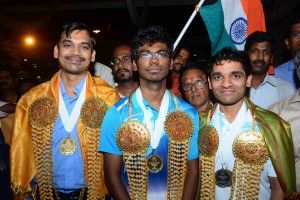
Part 2: Sethu the Author!
1)Why the Najdorf and Taimanov?
SPS: First of all when I wrote this book I was having a hectic tournament schedule. So when Thinkers approached me for writing this book I was initially hesitant as I didn’t have too much time to spare. However, it did seem interesting to explore the author’s side in me, so eventually I agreed to take it on. It’s really not easy to cover all Sicilians, so we narrowed it down to the Najdorf and the Taimanov, two of the most popular Sicilians today. Both of them were in theoretically excellent shape, so with my book I was hoping to pose some new problems that can change evaluations and plans.
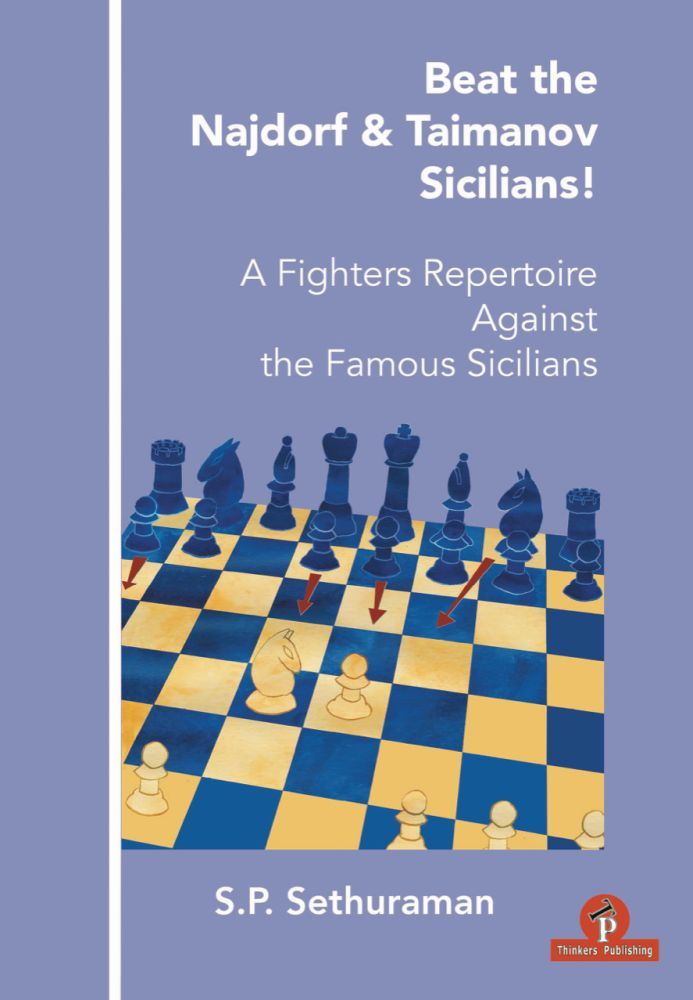
2) Why h3 Najdorf and Qf3 Taimanov?
SPS: I have played h3 against Najdorf a lot, and my main line against the Taimanov is the Qf3 variation, so I wanted to suggest something that I have looked at deeply before, so that I could do as much justice to it as I can. There is an alternative approach to covering something completely different, but at the same time even in the terrain you are familiar with there are offbeat and fresh paths to explore. For example in my Chessable course I look at lines in 1.e4 e5 that I have almost never played with Black. So freshness can be found even in the lines you have a good understanding of.
I have tried literally everything against the Najdorf, so it was hard to find something that I already didn’t know. I zeroed in on h3 because (Baskaran) Adhiban had shown me an interesting novelty with Bf5 in this h3 Qf3 setups, which is relatively unexplored. I am thankful to Adhiban for showing me this, as this was the main reason I chose what I chose.
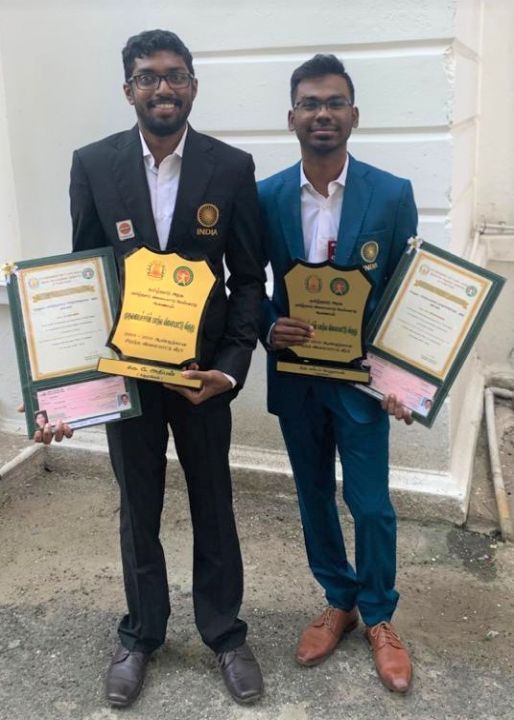
3) Why choose the Open Sicilian?
SPS: You have a really interesting point about the positional soundness (or lack of it) in the Open Sicilian. I do agree with you on this point, but at the same time if I have to cover a sideline it really narrows down what I can do right? There are not a lot of things to cover in such lines, and writing a whole book in them, if not impossible, is certainly insanely hard! Moreover, the main openings are more principled. We do concede positional superiority to Black, but at the same time we get an initiative that we can use to pose problems. Yes the Open Sicilian is well explored, but it is possible to find small improvements here and there. It’s not like you have to memorize so much theory and go into the absolute main line - you can always invent something in the mainlines more easily than the sidelines because the latter is more often than not extremely narrow.
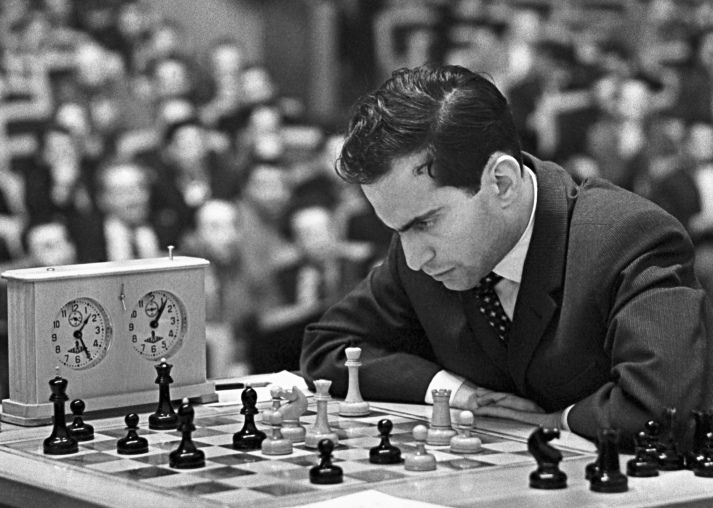
Especially at the top, it is very difficult to achieve an advantage these days. Yes, with a sideline you can probably surprise your opponent for one or two games, but by the third game I am pretty sure that Black would have worked out numerous paths to neutralise the slight pressure you are getting. It is possible to play Anti Sicilians, and they are two different approaches. It’s impossible to say which is correct or which is better, but it’s just that I would prefer the principled approach. Also, in the Najdorf main line, Black usually gives White a hole to exploit on d5, so he must play extremely energetically to justify such a weakening. This gives us chances as well. If White occupies d5 comfortably then Black is positionally lost.
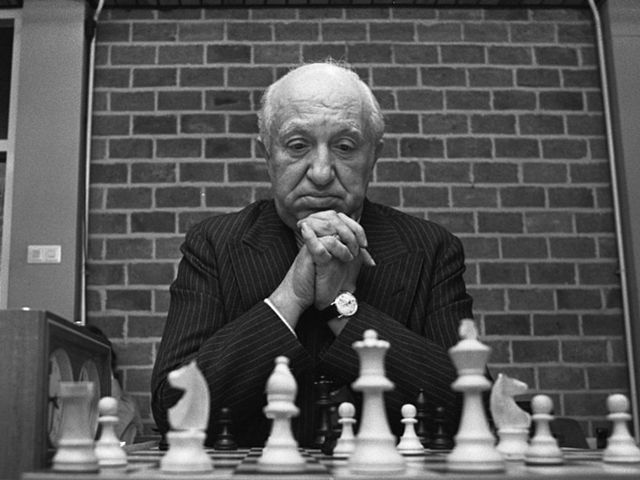
Also, in an Open Sicilian White is the one who is choosing the direction. Let’s say I know that you are playing the Najdorf, I can choose from a wide variety of 6th moves - Be3, Bg5, Bc4,h3, Be2, and nowadays people are even trying funky lines like h4, a4, a3, Nb3 etc. So it's already a lot right? Black has to prepare for all this at once, and it’s definitely not easy. At the same time, it is important to have a balance in chess. You see the top players and you notice that they keep varying their openings. This is done not only to surprise the opponent, but also to learn typical middlegame patterns. So having multiple options is always useful.
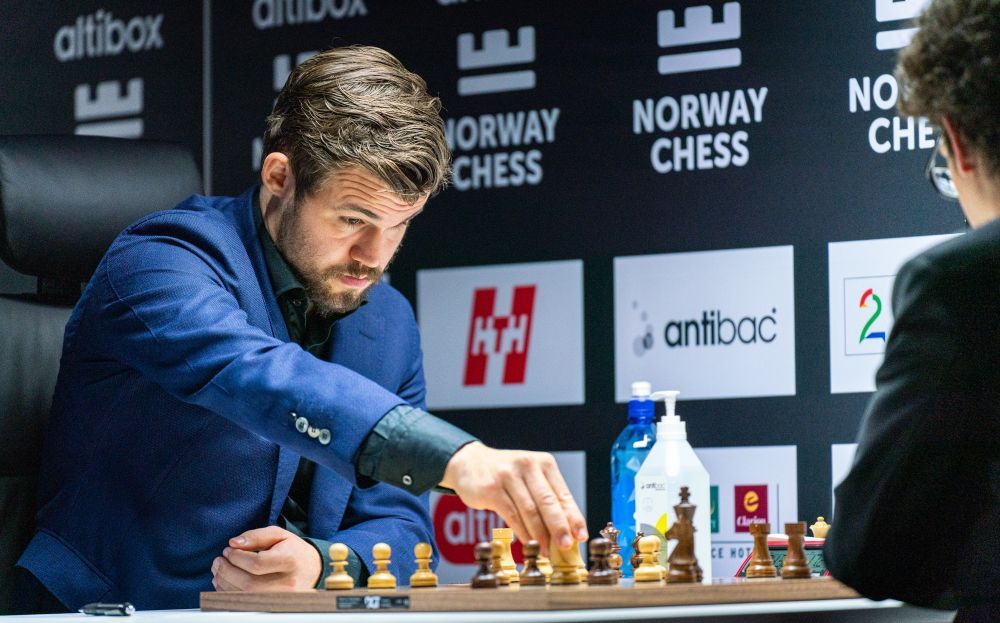
4) Which one was hardest to find something against - the Najdorf proper with e5 or the Scheveningen systems with e6? What is the key difference between the two?
SPS: The e6 systems are a bit more flexible than the e5 systems. Here you don’t immediately concede the d5 square, and you keep your pieces flexible by maneuvering and looking for the right moment to strike, keeping the structure intact. But in the e5 systems, like I previously mentioned Black has to play very dynamically to justify the positional weakening. Somehow I feel that both are interesting in their own right, and it would be hard to choose the best move from both. Kasparov preferred the e6 systems, but today people prefer the e5 ones. So it's mostly a trend rather than something being fundamentally wrong with e6.
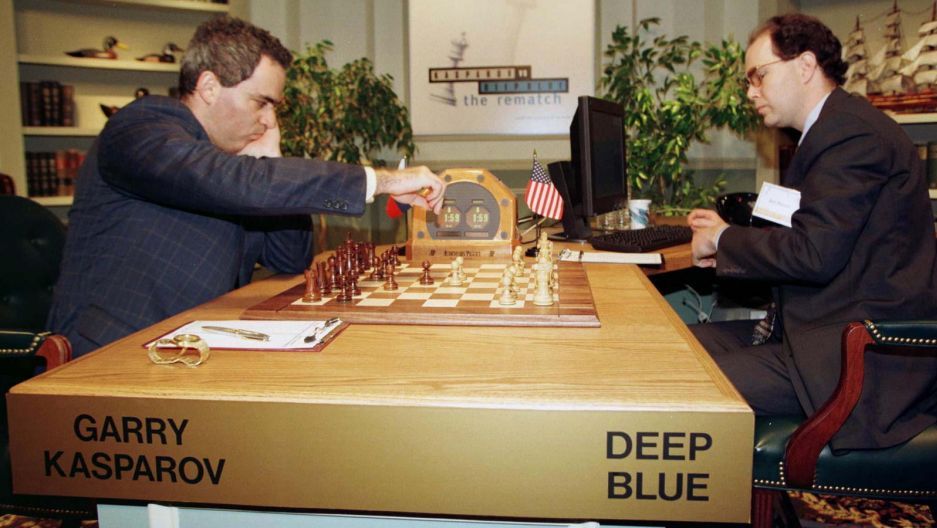
5)How did he prepare for the book?
SPS: I had done a lot of research on h3. But I had to work a lot on the sidelines. Anyone above 2600 FIDE will almost never choose the sidelines because he has never explored it deeply, but for the purpose of the book I had to cover all reasonable responses. For example, the Taimanov Idea I found was not present in my files - I found it when researching for the book. It was very well received by my colleagues and chess fans alike. So doing this book was useful for me.
6) Which engines were used?
SPS: Of course I used Stockfish and Leela in tandem, and I think it’s very important to have both the engines running at the same time. Stockfish is highly tactical, and its evaluations are sometimes over-exaggerated, which is balanced by the highly positional and mature evals of Leela. Each engine has its own styles and evaluations and preferences, so it is important to take both opinions into consideration, while also harnessing the power of the human mind! (smiles) Of course there were instances where I was competing with both the engines at the same time, and I would take both their opinions very seriously. Supposing Stockfish is claiming a vertical plus minus, so I would like to keep the moves it is suggesting, while also checking Leela’s recommendation.

It is always important to go deep in analysis, as after a point both balance each other out. Of course in certain positions you feel that the human touch is critical, and there I stuck to what I felt was right. Otherwise, I would usually try to challenge the two engines, and my analysis is a joint effort of these 3 contributions. Also, I never check for a particular depth. It doesn’t matter what the number tells me from the screen - unless I am satisfied with the evaluation I probe deeper and deeper into the position. There is no particular mathematics involved. I just check till I am satisfied.
7) How was it to receive such positive feedback? What are some of the lessons he learnt from this book?
SPS: I was really surprised by the amount of positive feedback I got for my work. I saw Anish talking about it on Surya’s Channel, and many people including you came back to me asking me to do more such work. It was really heartwarming for me to receive such adulation, and it is the perfect reward for the amount of work I have put in for the book. Nowadays it is not easy to get a perspective from a strong player, so what I wanted to do is show the general chess audience how I analyse the opening and how I find resources. This I feel is very important for aspiring champions to learn and understand.
I am glad that it all worked out well, because when you put your heart and soul into a project, you want it to do well, and once it does well then you are the happiest person you can be! Writing this book taught me a lot of things. I implemented a few changes for my Chessable courses with regards to verbal explanations that people felt were lacking in the book. In general I am always happy to receive constructive criticism from the readers, as it helps me improve as a writer. So I hope to do more such work in the near future.
Part 3: Sethuraman’s 1.e4 e5
1)How did this idea come up?
SPS: First of all I was fortunate enough to see this Chessable page, where the move trainer software really impressed me a lot. During this pandemic I wanted to motivate myself by taking on projects that demanded all of my attention. This course made me put in a lot of effort into building it. I learnt a lot from this experience, and I am sure that the people who bought this course will learn a lot as well, because this is the most extensive work in the history of the Chessable platform as far as the number of words of explanation and the number of trainable lines are concerned.
2)His Choices against the Holy Trinity of Ruy Lopez, Guico Piano and Scotch:
SPS: First of all I will speak about my suggestion of 4...Qf6 against the Scotch. As you observed when you went through the Quickstarter, I have managed to successfully solve this opening to equality using concrete means. First of all when I started preparing this course I had zero idea about what I will choose to recommend. I was very clear that I wanted to choose the Modern Archangel, as I was stunned by the lack of deep coverage in the line compared to the Marshall, Berlin and Breyer Systems, and I was inspired by Caruana’s games in the same opening during Candidates 2020. For the remaining systems, I went through Jan (Gustafsson)’s course and other courses, and I saw that they mostly stuck to main lines, so I wanted to suggest something a little more fresh and unexplored, so that I learn something along the way as well.
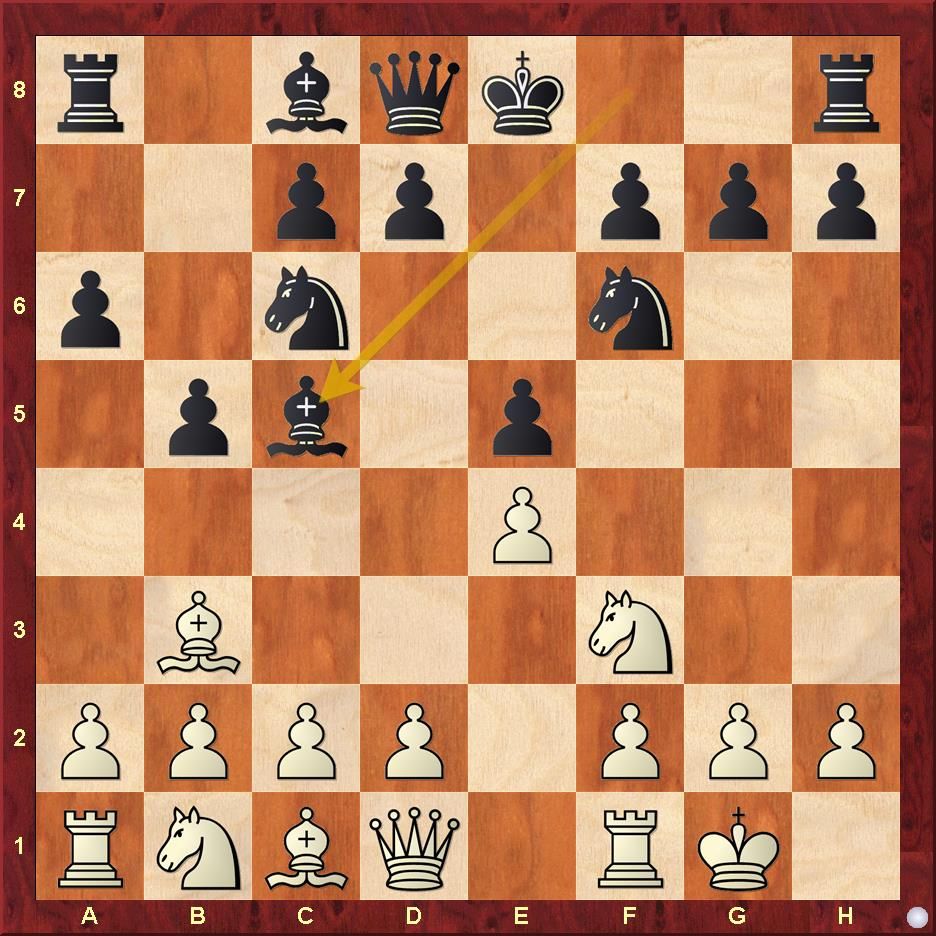
This is how I came across Qf6 in the Scotch. I think I had even tried it before. The main issue in the Bc5 lines is that after Nb3 the bishop is kicked with tempo. Of course it is possible to play like this, but in Qf6 I saw that Black is able to play aggressive chess without ever getting into dangerous situations. Of course it seems wrong according to the classical principles, but there are always exceptions to the rules. Also, such lines tend to work concretely, and I have managed to prove that Black is doing fine in all the lines.
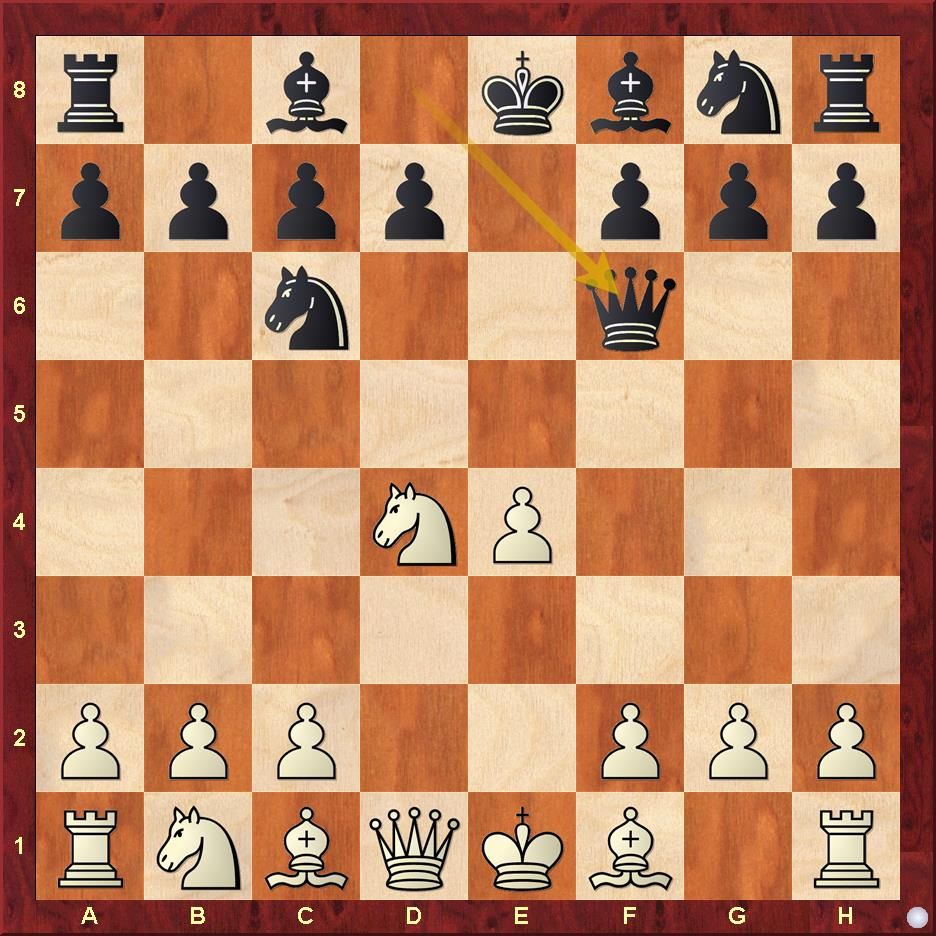
I was really glad that I also made 4.d3 h6 work in the Guico Piano. It is also a rare and unexplored line - I think Dubov has tried it recently, but apart from him I didn’t see a lot of games played by the top guys. The main issue with the classical main lines with Bc5 is that there are so many move order tricks that it is almost impossible to fathom fully. I was simply annoyed with all these move order tricks. So when I probed into these h6 lines I was very happy to find dynamic yet flexible lines of play. Also, generally in the Italian you get slow maneuvering play, but in these systems an immediate imbalance is created, which is difficult for White to face. The variations were full of fight, and I liked it a lot.
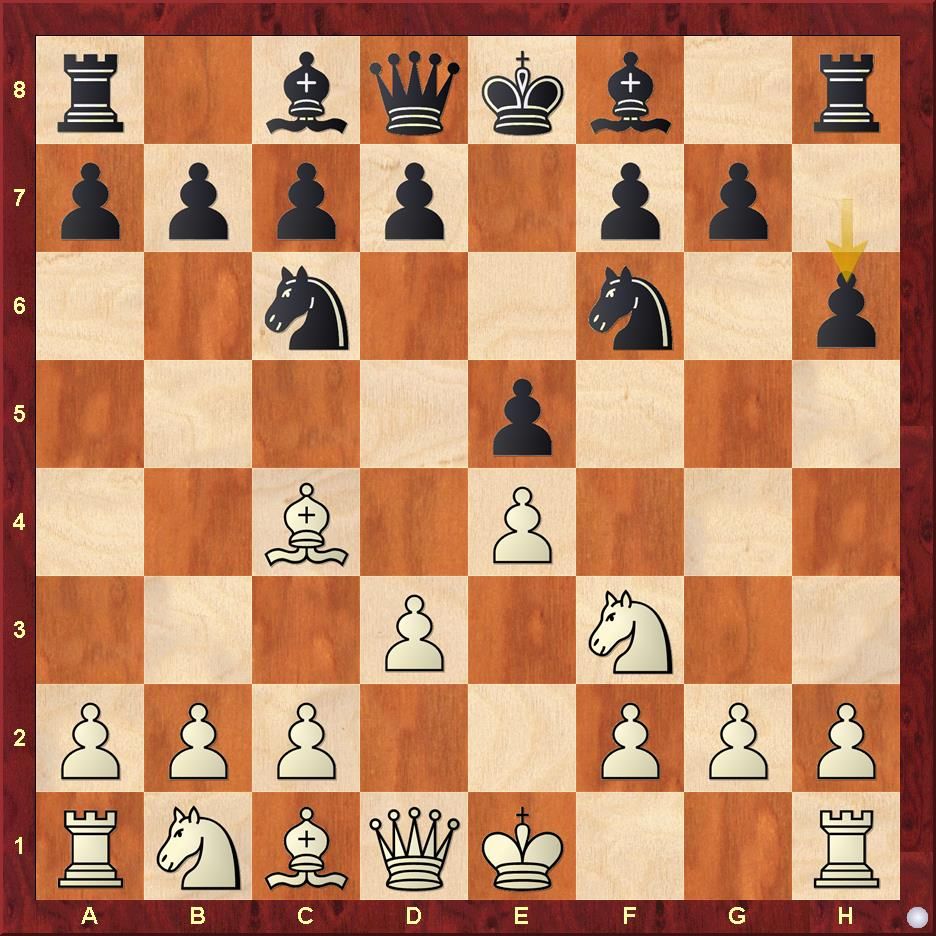
I should also point out that in the Scotch 4 knights I discovered a whole new direction with 5...Nxe4!? which has seen some games but never really gotten the respect it deserves. I was as surprised as you are right now that the variations worked, but they do, and I am sure that it will become the modern main line in the days to come.
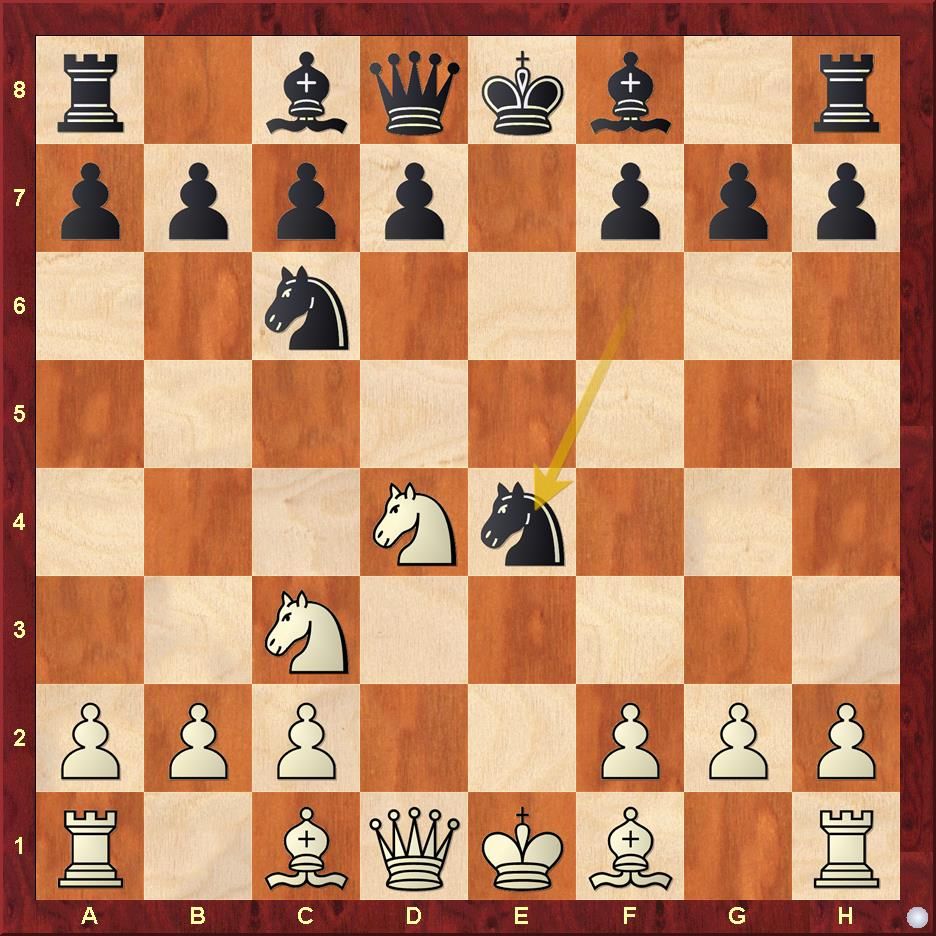
If you notice, I have managed to find new tries in all well known systems, by analysing early on. Also, my choices kill off a lot of system. You no longer have Sielecki’s White repertoire to worry about (Main Line Scotch 4 Knights), and in the Italian White is forced to forget about move ordering and actually fall into the lines you have prepared and he hasn’t. So I think what I have done with this course is something I will be proud of for a long time!
3) Is 1.e4 no longer playable!?
SPS: No that is too far from the truth!(laughs). No matter how much I put in there will always be some improvement or the other that I might have missed. So it’s not as if 1.e4 is dead because of my course or someone else’s course, it’s just that new ideas have to be found because openings keep evolving. Also, engines keep getting stronger and stronger, so it is very possible that we will see some completely new stuff. But this is the law of nature. Currently my repertoire is bullet proof, but there will be fresh ideas and counter-ideas, as this is the nature of opening theory. Also, all the systems I recommend are positionally sound, so they will hopefully last a lifetime! (smiles)
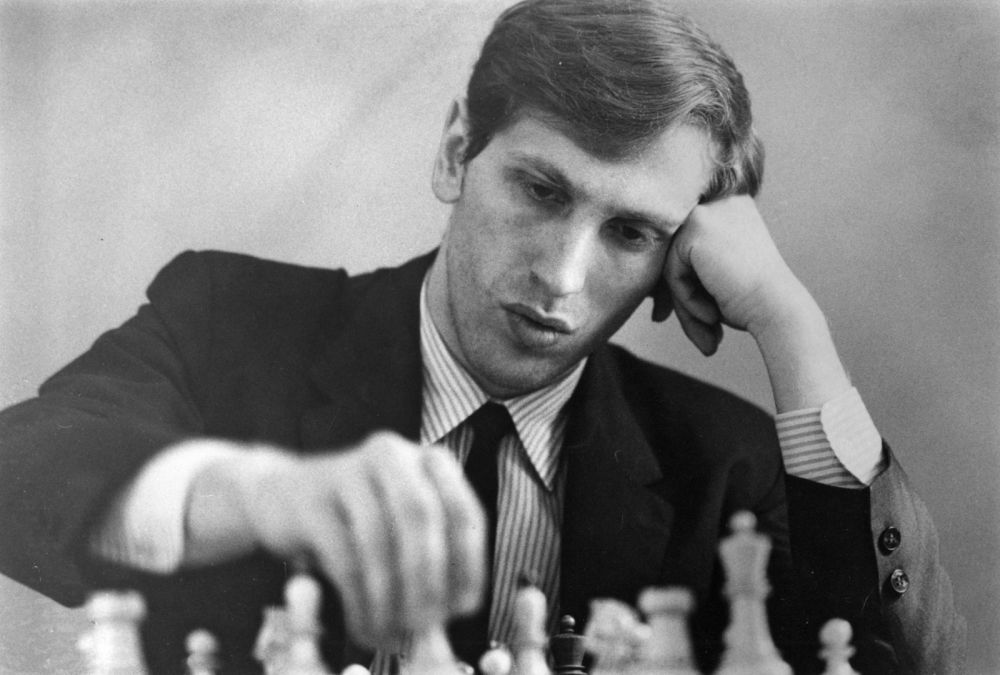
4) Major advantages of 1.e4 e5 as a response?
SPS: The law of opening theory is that in classical openings you will face a lot of opening theory. But the advantage of 1.e4 e5 is that it is very flexible, and Black can choose what type of chess he wants to play - for example against Ruy Lopez one can choose the slower systems like the Breyer or the sharper ones like the Neo Archangel and Zaitsev systems. Of course there are some funky tries for White, but at the same time they are unsound if Black knows what he is doing. The main trump card for 1.e4 e5 players is that they get to learn a lot of different structures and positional ideas. In the Ruy Lopez itself you have around 5-6 different systems to experiment in, so despite the theory I feel that 1.e4 e5 is a very flexible system that will last someone’s lifetime.
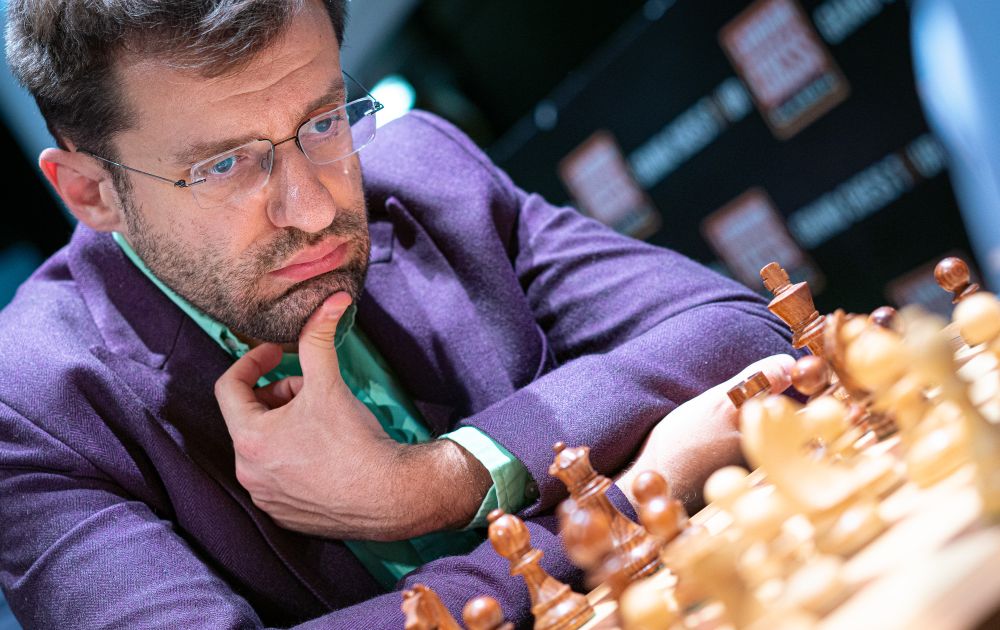
The biggest plus point is that it is positionally completely sound, because we are taking our share of the center and fighting on level ground. Recently, we can see that a lot of 1.e4 players are avoiding 1.e4 specifically because of 1...e5, where they don’t know what they should try. Compared to Berlin and Petroff, one advantage of my repertoire is that White has to really know what he is doing or else he will quickly end up in a losing position. Yes, if he wants a draw desperately he can get it, but chess is a very complex game, where mutual errors are the hallmark of any human vs human game, so I am confident that there will be adequate winning chances if Black plays well. My repertoire is full of fighting options, so White can’t be complacent.
5) How much of memory and how much understanding should one use for openings?
SPS: Even for an opening course author like me it is impossible to remember all the lines I have analysed. The more you look at lines the more you remember them. Of course there will be a lot of concrete lines where every detail is important to know, but at the same time this is unavoidable in today’s computer era of chess where everyone has access to the strongest engines.There might be some unusual moves or some critical lines that one must remember, but at the same time it is not correct to try and mug up all the variations. One must attempt to understand what they want to get on the board, and only then try to remember exactly what must be played. Also, even top players keep forgetting their preparation and mix up their move order, so one must keep revising his lines so that they stay in his memory.
General Questions:
1)You are one of the best prepared players. How does one improve this aspect of the game?
SPS: Curiosity plays a very important role. For me it’s not about only checking something that I play - I keep myself as updated as possible about the current trends. The inquisitive attitude helps a lot, as not sticking to one kind of opening or approach does wonders for your game, as you will learn a lot of different middlegame structures. For example, if you see Magnus, compared to someone like Anand, he is comparatively less prepared, but he knows what he wants to achieve at the board - how to press while deviating from theory.
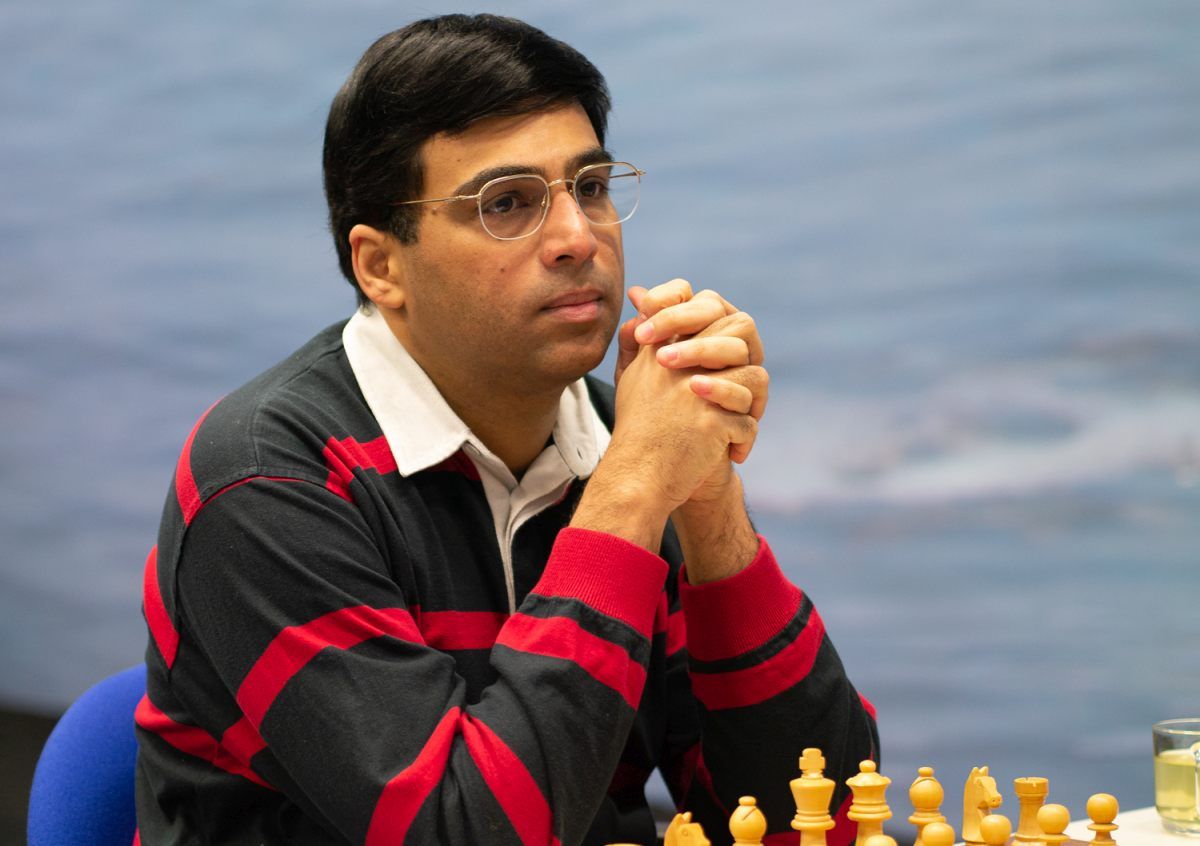
There are different kinds of approaches you can take, but the universal advice is that you need to keep yourself updated. Sometimes I even watch the press conferences of the players to understand what they were aiming for during the game. Learning is the key. Also, one needs to try out different things as that will keep his/her excitement levels up, so he can enjoy the game and improve at the same time.
2)How does he keep fit in lockdown? How does doing yoga benefit chess players?
SPS: I go for long walks, and do yoga sometimes. It’s not easy at all, because I had Asians and this course to complete. For me in recent times I have lost touch with my exercise regime, but after this tournament I hope to resume it as soon as possible. First of all, chess is a game where you will need to sit for long periods of time, so if you are not fit enough then by 35-40 your neck and back will crash!(laughs). So yoga really helps in this regard, because it improves your flexibility, and in the harsh cold weather conditions abroad it can still be performed provided we have enough space. Yoga also keeps you calm, so that’s a lot of benefits from one form of exercise!
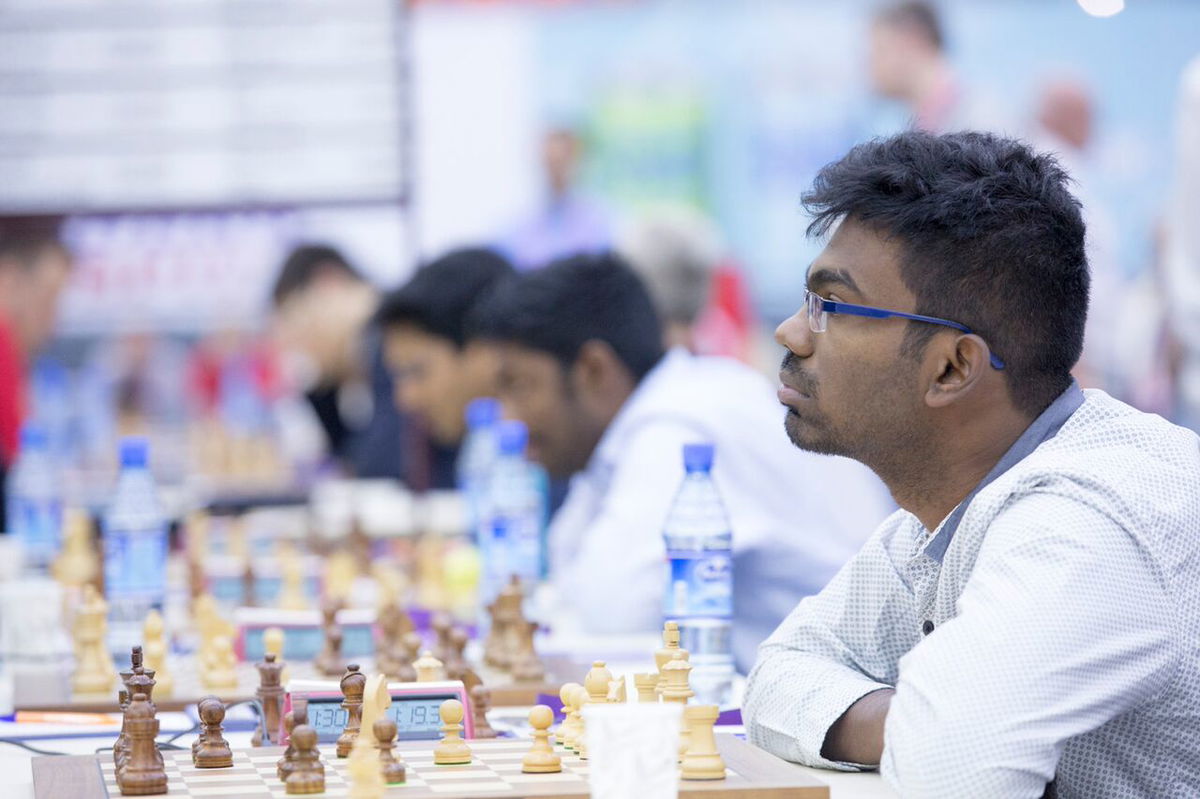
3) How do you keep emotions in check during a game?
SPS: It’s definitely not easy to do. Over the years with experience it will become easier to take appropriate decisions, but as you can see it is still not at all easy. Maybe meditation helps, but we need to consciously need to put some effort to remove unnecessary emotions. Also, being calm should not come as a result of huge effort, but should come as a second nature to our being. This is what everyone should strive for. There is a problem you are aware of, you know you have to keep it under check, but at the same time we need to understand that we should not take everything too seriously. Losing in chess is not the end of life right? You have gone through so many emotions, so an individual loss should not spell disaster for you. Yes it feels disappointing to lose a game, but at the end of the day there is the future to look forward to.

4)Calculation tips for youngsters?
SPS: The best way to improve calculation is to solve as many positions as possible. I know that two of the world’s best calculators today, Mamedyarov and MVL, solved an insane number of problems in their childhood, and that helped them get to a very high level of calculation ability. Solving as many studies and practical problems as possible will definitely help in improving calculation. I would suggest the Best Move by Hort and Jansa, Aagaard’s series and Domination by Kasparyan for improving this aspect of the game. The last one is a personal favourite, as in my childhood I had to solve those positions set up on the board by my mother if I wanted to go out somewhere or do something special! So I had a lot of fun with such books.
Also, if you work with the engine and not let it become your slave, you will begin to see a lot of defensive resources. This will also lead to an increased accuracy in your game. Also, it kind of extends your horizon.Another important aspect of calculation to remember is that you should never ease up when you get a winning position. You need to stay alert and keep finding resources for your opponent. Keep alert and think of a chess game as a marathon. You need a lot of energy to do this, so developing peak fitness is also essential.
The main difference between the 2600+ elite and the 2300-2500 players is that the former keep up their strength even towards the end, whereas the weaker players start to lose their level as the game goes deeper and deeper. So improving this consistency is crucial if you want to reach the highest levels of play. Alertness is important if you want to play the best move in a given position. Playing a lot of games with training partners, or finding out exactly where you make your mistakes will definitely help in making you a stronger player, as slowly the accuracy of your moves start increasing.
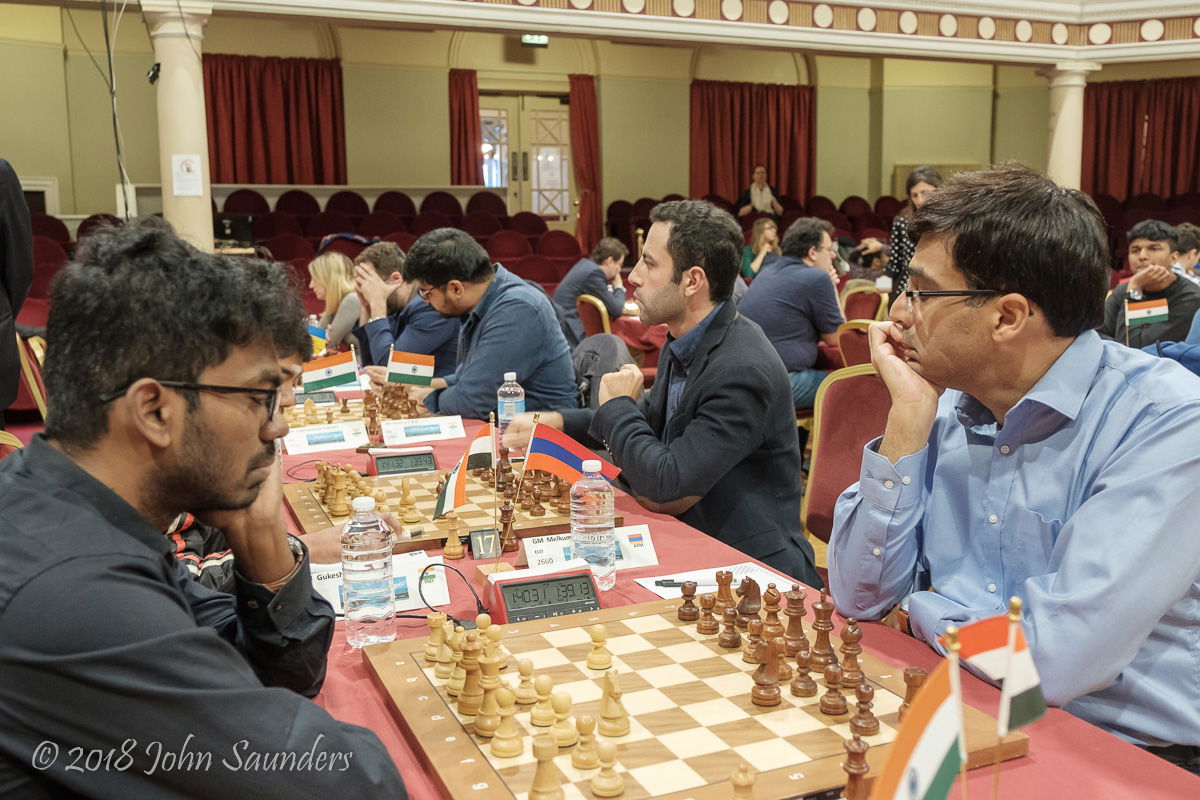
5)Blindfold training – beneficial or not?
SPS: For sure, as you get a good sight of the board, and it improves your calculating ability. I have seen it in a lot of places, especially in RB Ramesh’s academy, where they solve a lot of positions without a board. This work will really help you in over the board games because there will be situations where you will need to calculate 8-10 lines, and having a perfect view of the board will help in this regard. Memory also plays an important role in this. This blindfold ability should improve if you see a lot of chess patterns and games. I didn’t do anything special to develop this ability - I just saw a lot of games and positions, and I can handle 20 blindfold games at a time now. So I think it comes with just seeing a lot of chess.
6)Lastly, future work?
SPS: I am doing another course with Chessable - a Lifetime Repertoire on 1.e4 based on the Scotch. A lot of Indian guys are coming on to Chessable, so it is a nice time to be involved with them. I am also thinking about publishing my course in the form of a book, but there is nothing concrete as of yet. People do enjoy the old fashioned way of reading from books, so I would love to do something like that, but so far there is nothing concrete. One thing is for sure - I will continue to work and challenge myself in new ways, so that I contribute meaningfully to the game of chess!





